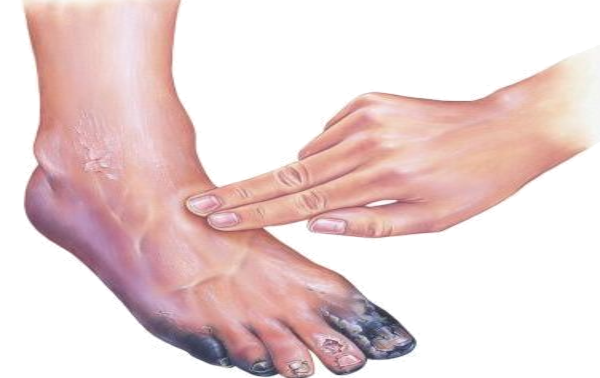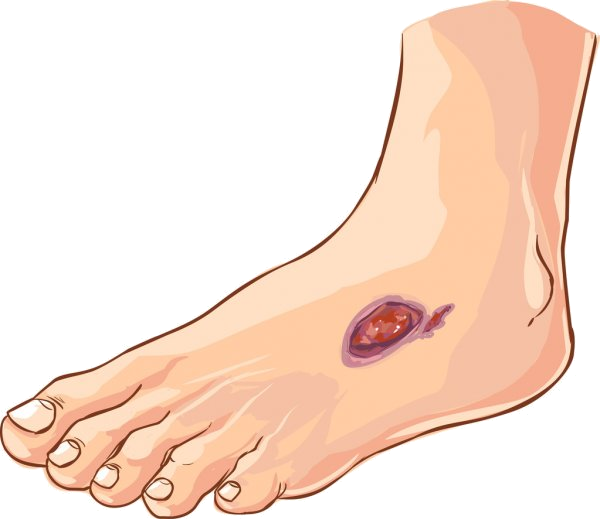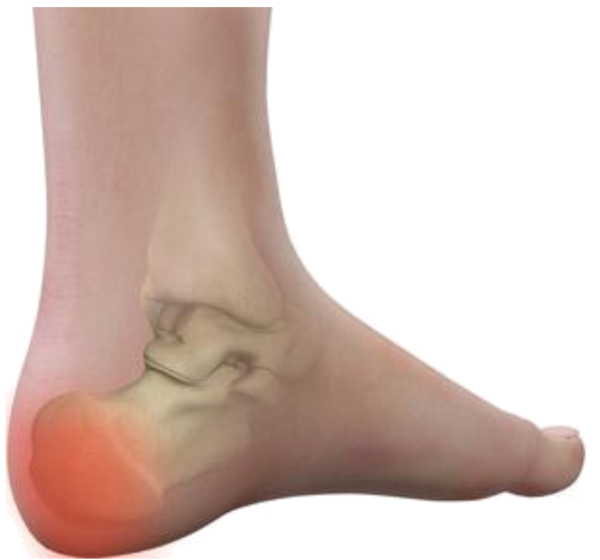Leg pain can be sharp, dull, numb, tingling, burning, radiating, or sore. It can be acute, that is, sudden and short-lived, or it can be chronic and persistent.
 Varicose veins
Varicose veins
 Deep Vein Thrombosis
Deep Vein Thrombosis
 Peripheral Artery
Peripheral Artery
 Diabetic Foot Ulcer
Diabetic Foot Ulcer
 Gangrene
Gangrene
 Knee Osteoarthritis
Knee Osteoarthritis
 Plantar Fascitis
Plantar Fascitis
 Osteoid Osteoma
Osteoid Osteoma

Varicose veins, typically observed in the legs and feet, are often harmless. The exact cause of this condition remains uncertain. While many individuals experience no noticeable symptoms, varicose veins are primarily considered a cosmetic issue. However, in certain instances, they can lead to increased pain and discomfort or signal an underlying circulatory issue. When it comes to addressing varicose veins Treatment and related concerns in the Aurangabad area, seeking treatment from a Vascular Surgeon in Aurangabad is crucial. Treatment options may include the use of compression stockings, exercise regimens, or various vein closure and removal procedures.

Deep Vein Thrombosis (DVT) is a condition characterized by a blood clot forming in a deep vein, commonly in the legs. DVT is a critical medical concern due to the risk of blood clots breaking loose and becoming lodged in the lungs. This condition can present with symptoms like leg pain or swelling, but it may also be asymptomatic. Managing DVT typically involves treatments like medication and the use of compression stockings. Individuals in Aurangabad seeking DVT treatment should consult healthcare professionals or specialists in the area. For specific information on DVT treatment in Aurangabad , please consult local healthcare providers and clinics.

Peripheral vascular disease is a symptom of fatty deposits and calcium formation in the arterial walls (atherosclerosis). Risk factors include aging, diabetes, and smoking. Symptoms may include leg pain, especially when walking. Tobacco cessation, exercise and a healthy diet are usually successful treatments. When these changes are not enough, medications or surgery can help.

Diabetic foot ulcer is an open blister or lesion that occurs in about 15 percent of patients with diabetes and is usually at the base of the foot. About 6 percent of those who develop foot ulcers will be hospitalized due to infection or other complications related to ulcers.

Gangrene Treatment in Aurangabad , Tissue death often occurs in the limbs or skin due to loss of blood supply. This condition often affects the fingers, toes and limbs, but can also affect muscles and limbs. Symptoms include discolored skin, severe pain followed by numbness and discharge. Gangrene requires immediate care. Treatment includes antibiotics and removal of dead tissue.

The protective tissue at the ends of the bones (cartilage) falls off slowly and deteriorates over time. The most common symptoms are joint pain in the hands, neck, lower back, knees or buttocks. Medications, physiotherapy and sometimes surgery help reduce pain and maintain joint movement.

The swollen tissue runs to the bottom of the foot. Symptoms include knife pain near the heel. The pain can be more severe in the morning and with prolonged standing, running or jumping. Treatments include physiotherapy, stretching exercises, shoe inserts, painkillers, steroid injections and surgery.

Osteoid osteoma is a benign (non-cancerous) bone tumor that usually develops in the long bones of the body, such as the femur (thigh) and tibia (shinbone). Although osteoid osteomas can cause pain and discomfort, they do not spread throughout the body.
Endovascular surgery is an innovative, less invasive procedure used to treat problems that affect blood vessels, such as aneurysms, which cause the artery to swell or "swell." Surgery involves making a small incision near each hip to access the blood vessels.
Some questions regarding to above treatments.